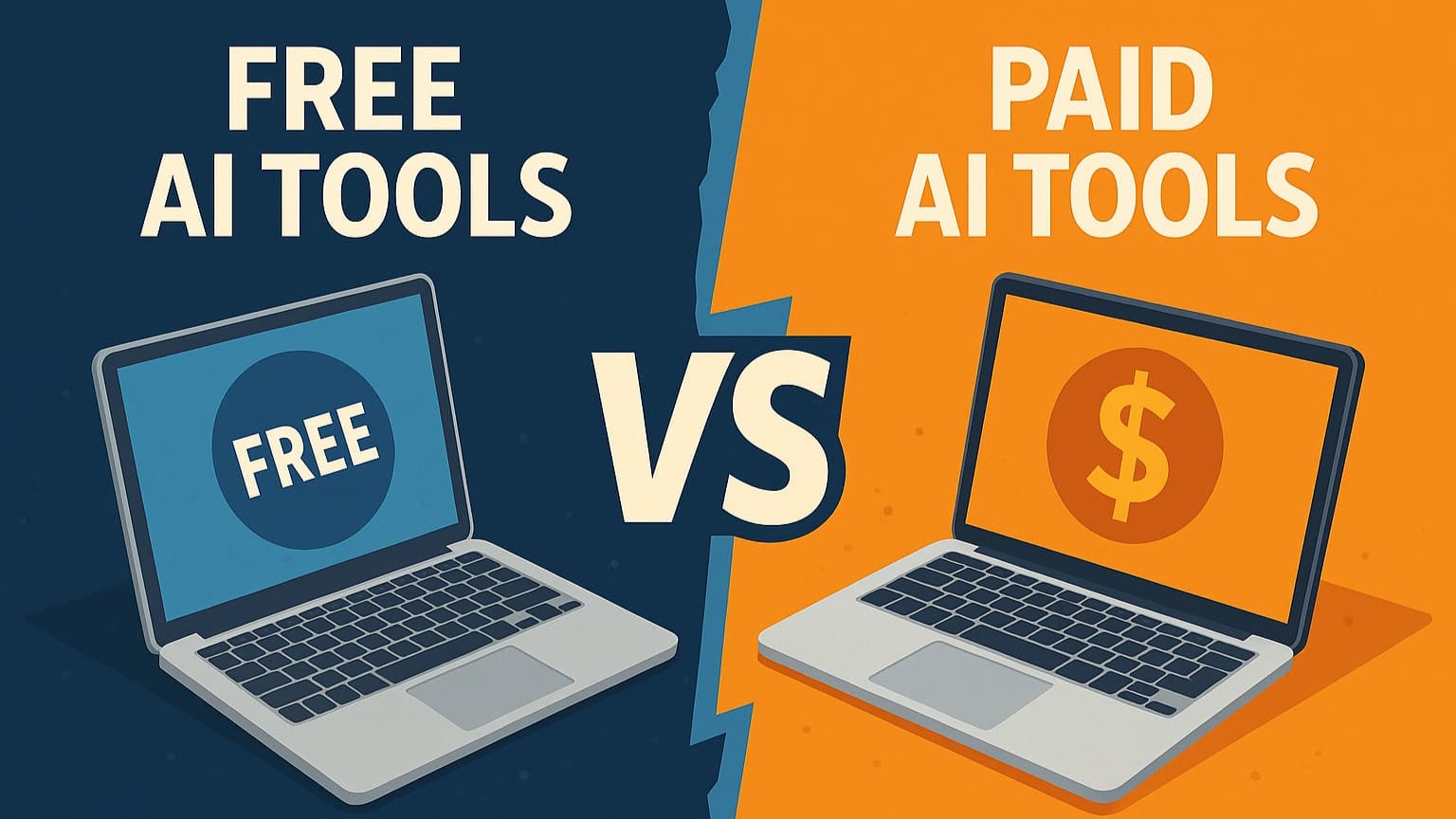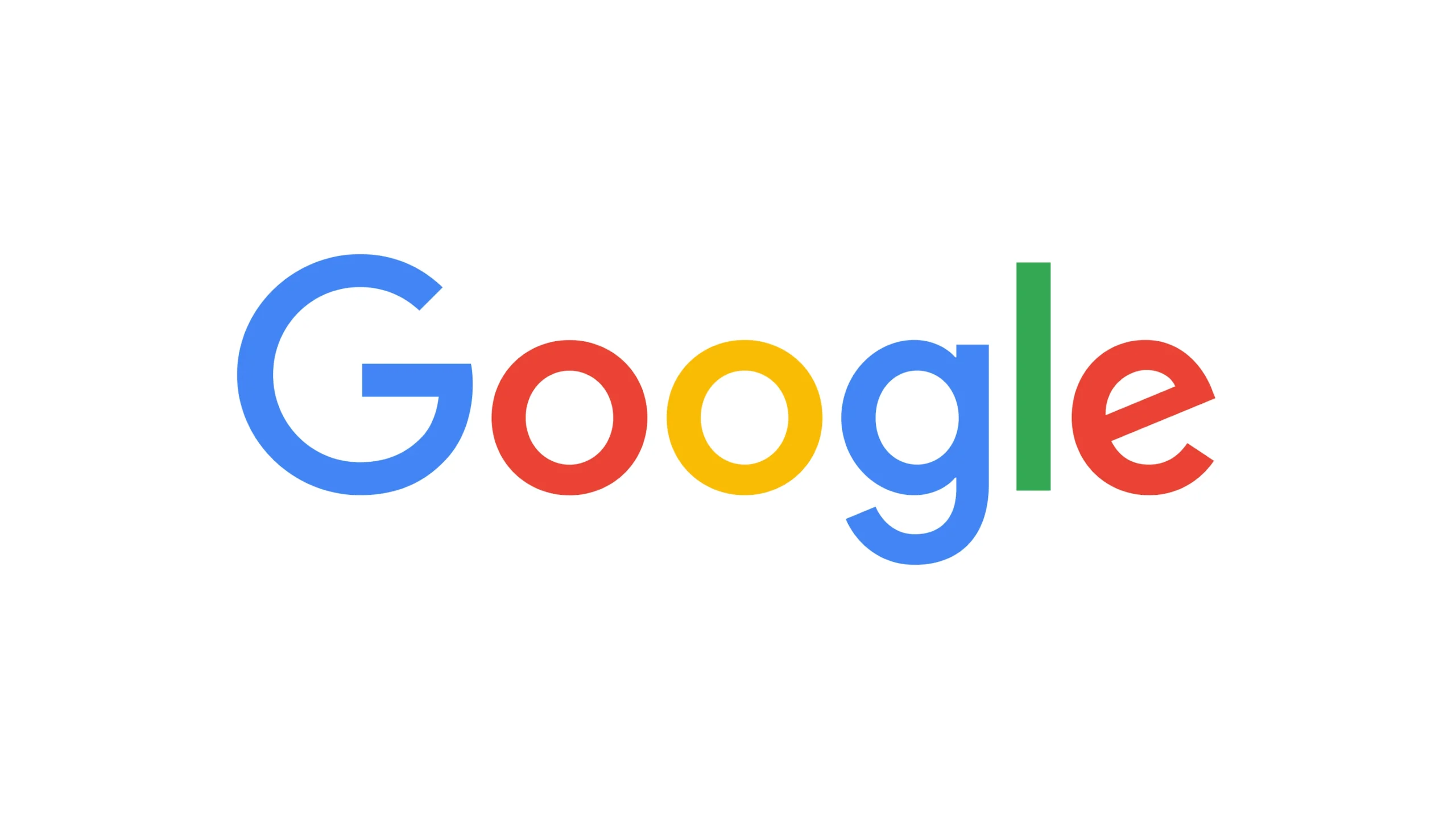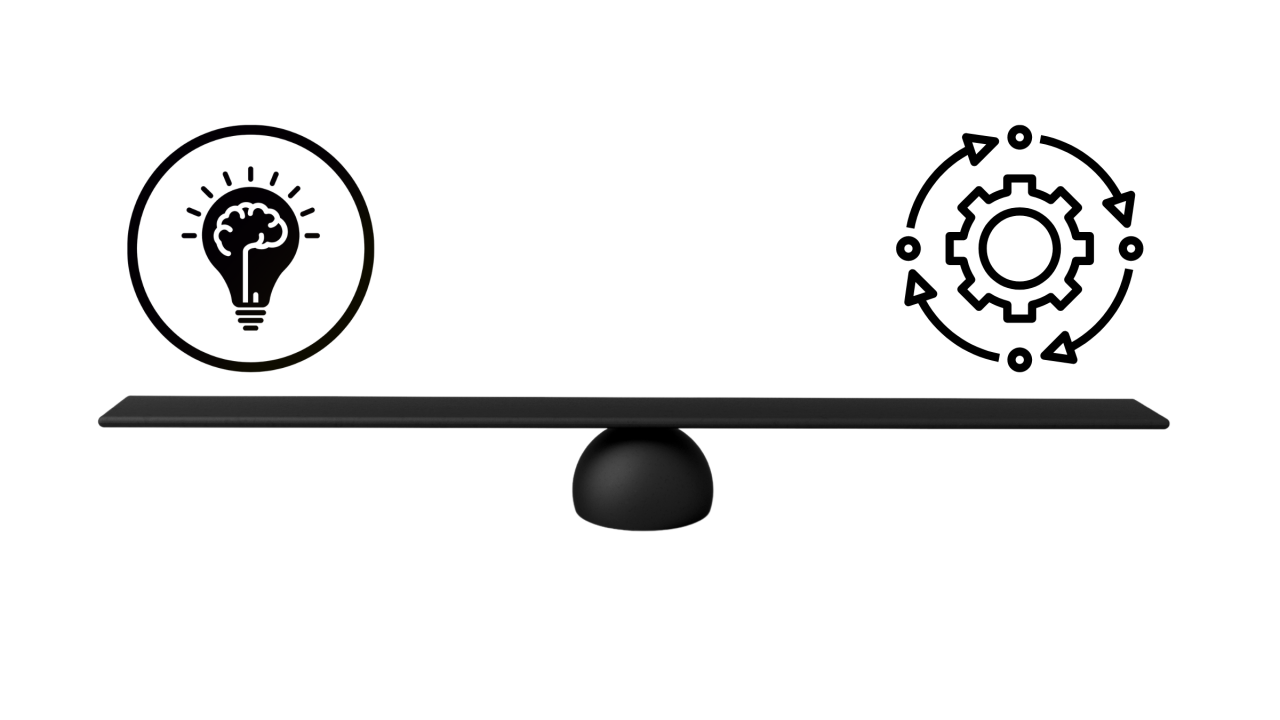The Truth About Temporary Free AI Plans – Why You’re Hooked Before You Even Realize
Introduction
Imagine this. You sign up for an exciting new AI tool — maybe a writing assistant, an image generator, or a code helper. The first few days? Magical. You’re amazed by how much easier it makes your work. And the best part? It’s free. But then, a few weeks later, that friendly “free” suddenly becomes “limited.”

The Allure of Free – Getting You Addicted
Free trials aren’t just about getting your email or data — they’re about building daily habits. When you use an AI tool daily, it becomes part of your workflow. This builds dependence and makes paying later inevitable.
Why AI Companies Use This Strategy
AI tools are expensive to run. Every generation costs server power. So companies launch free plans, get users hooked, and then introduce paid tiers with limitations. From a business standpoint, it makes sense.
The Google Difference
Unlike AI startups, Google has always kept its main tools free — Search, Gmail, Maps, YouTube. Their revenue comes from ads and data, not subscriptions. This shaped our expectation that powerful tech should be free.

The Human Side – Why It Bothers Us
Think of AI as a friend who helps you for free, then one day asks for money. It feels abrupt. Small businesses, students, and freelancers often feel trapped when free turns to paid suddenly.
How to Navigate This Smartly
– Test multiple tools
– Use free limits wisely
– Calculate ROI before paying
– Mix free (Google tools) and paid (AI tools) for balance.
The Bigger Picture
AI isn’t like Google Search. Infrastructure costs are real, and the industry needs revenue to survive. But competition ensures innovation and new free credits keep coming.
Final Thought
Free trials may fade, but AI’s value is here to stay. The question is: when the free credits run out, will you pay up or adapt? One thing is certain: once you experience AI, it’s hard to imagine life without it.

